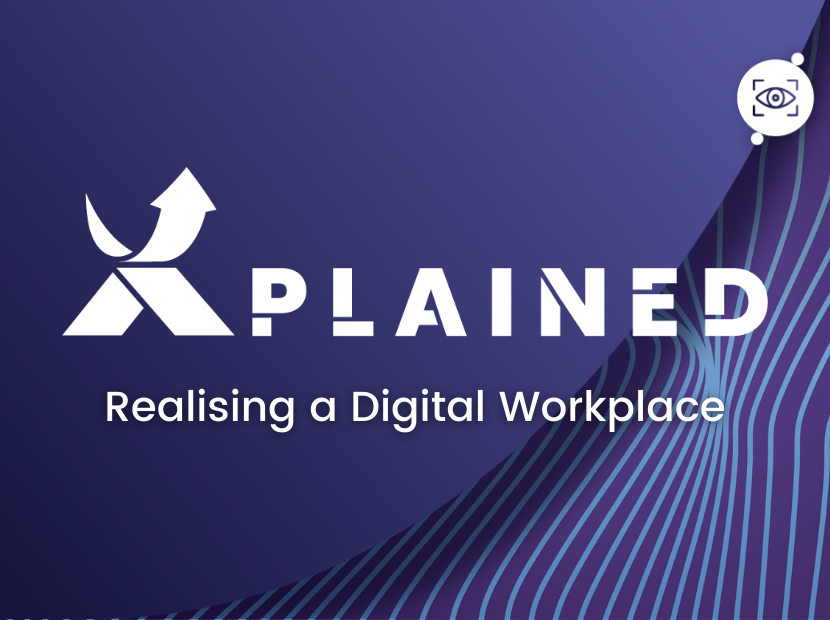
The Future of Remote Working
Remote working had an indifferent start. According to the Economist, as few as 5% of US employees chose home over office working pre-Covid-19. For many, ‘remote’ was deemed too technically or socially challenging. Or it was stigmatised and discouraged by business managers reluctant to decentralise their people.
But after the seismic events of 2020, the game changed. Just a few months into the pandemic, over 60% were working remotely as WFH became a lifeboat for thousands of businesses. In 2021, whilst some organisations pushed for a return to the status quo, many recognised the benefits of remote working and saw the easing of restrictions as a trigger for more permanent change.
Hybrid working: hard-wired into the future
Research from the Hoxby Foundation shows that 70% of UK bosses and 78% of senior management agreed that ‘remote working is the future of my organisation.’ Hybrid working is becoming hard-wired into the future of business. A Gartner survey reveals that 82% of organisations intend to give employees the option of working from home at least one day per week when the pandemic is over. Meanwhile, the 2021 Work Trend Index survey tells us that 73% of workers want flexible remote work options to stay.
But whilst remote working can be popular for employees and boost productivity for businesses, it also poses potential threats.
Working at home can accelerate worker fatigue. Unstructured work environments can encourage extra screen-time, longer virtual meetings and extended working hours. Microsoft 365 data indicates that year-on-year from Feb 2020 to Feb 2021, Teams meeting time grew by 150%, over 40 billion extra emails were sent, and Teams chat was up by 45%. Digital exhaustion is bad for worker wellbeing, but also increases the risk of mistakes and cybersecurity lapses.
But increase in human error isn’t the only by-product of remote working that exposes businesses to added security risk. Phishing is on the rise, with remote workers seen as soft targets for malware delivered via deceptive emails. Traditional security perimeters are becoming obsolete as users work outside the corporate network, gaining access via public or home Wi-Fi with limited protection features and using unregulated personal devices to interact with colleagues and reach corporate data.
Home working means higher reliance on internet-driven collaboration and applications and data hosted by third-party cloud services providers. Businesses must find new ways of securing their precious data in virtual environments which have now become critical to their operations. Remote access to corporate networks must be secure enough to exclude unauthorised or sinister actors and ensure that only genuine users are admitted to the network.
Conclusion
Remote working started as a nice-to-have, became a crisis Plan B and is now universally transforming the future of work. But the dispersed workplace comes with perils that threaten both businesses and livelihoods.
Look out for Part 2 of our ‘Future of Remote Working’ blog, where we show how the Exclusive Networks Vendors can ensure that remote working means secure working.

